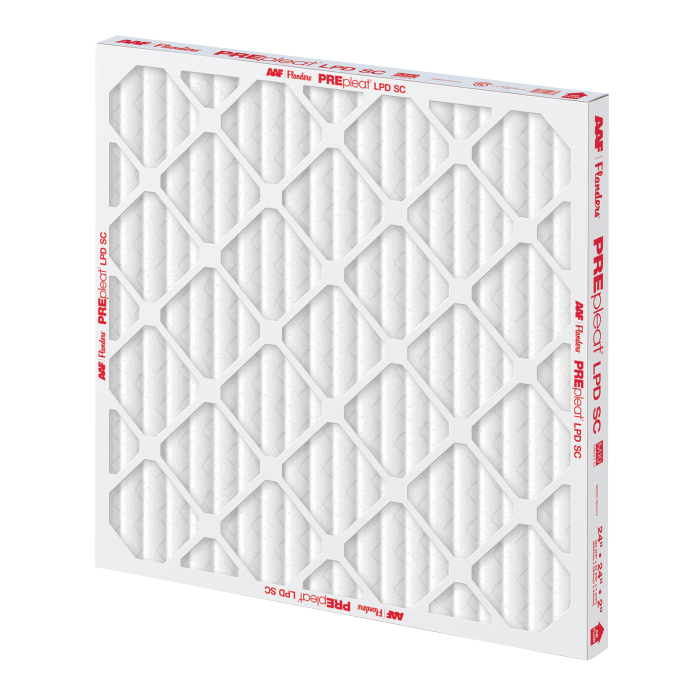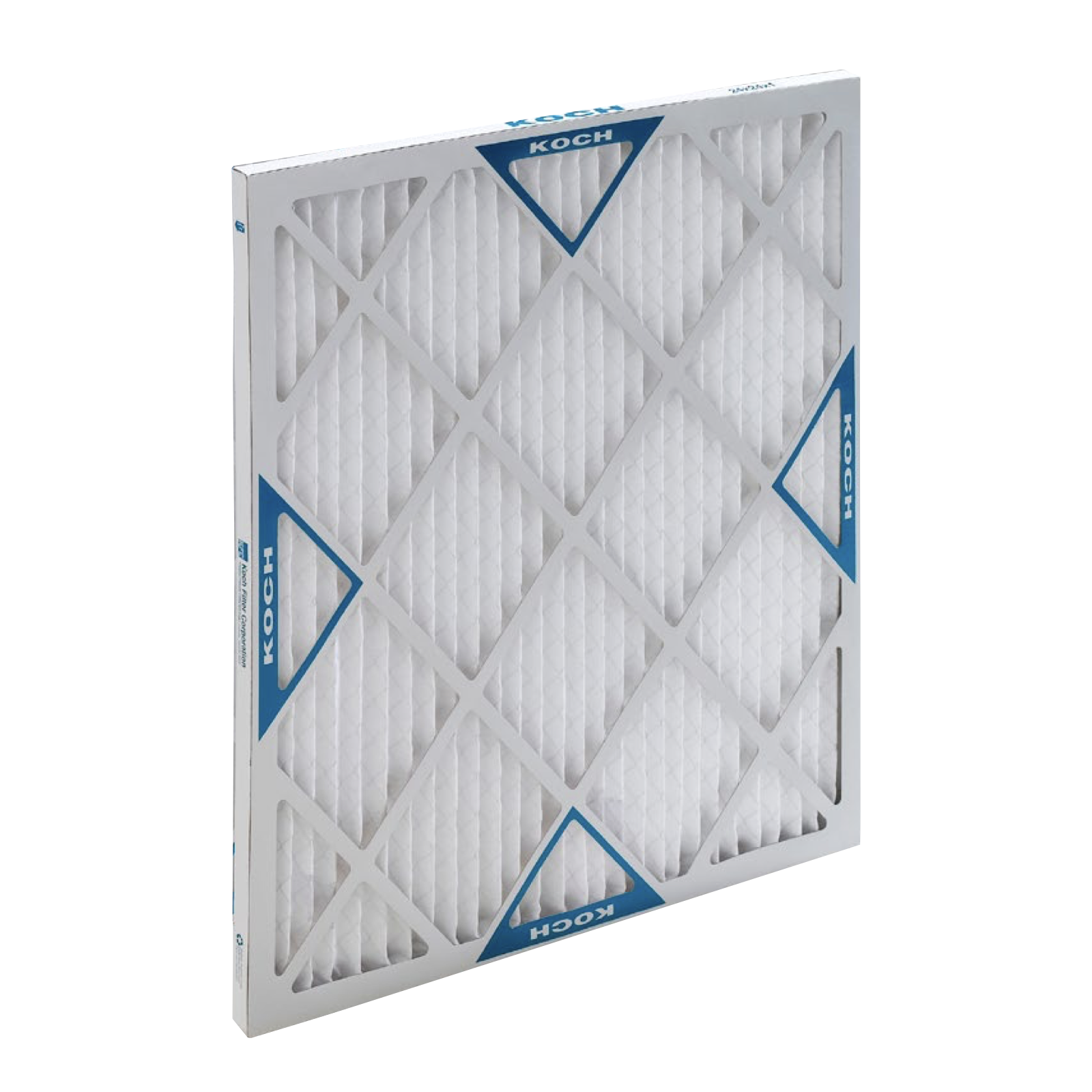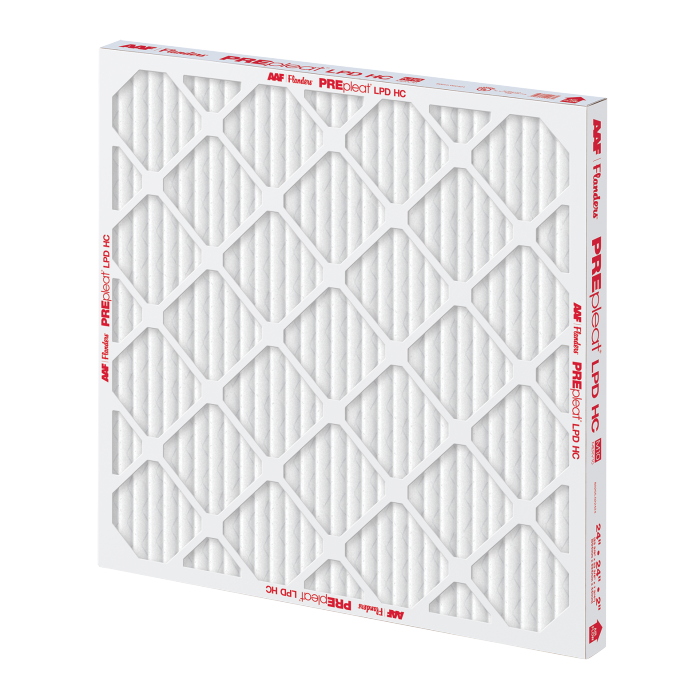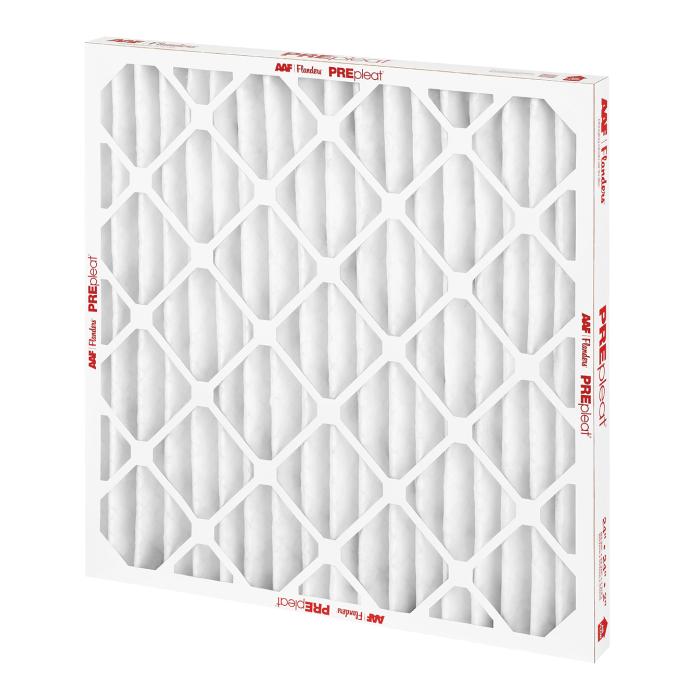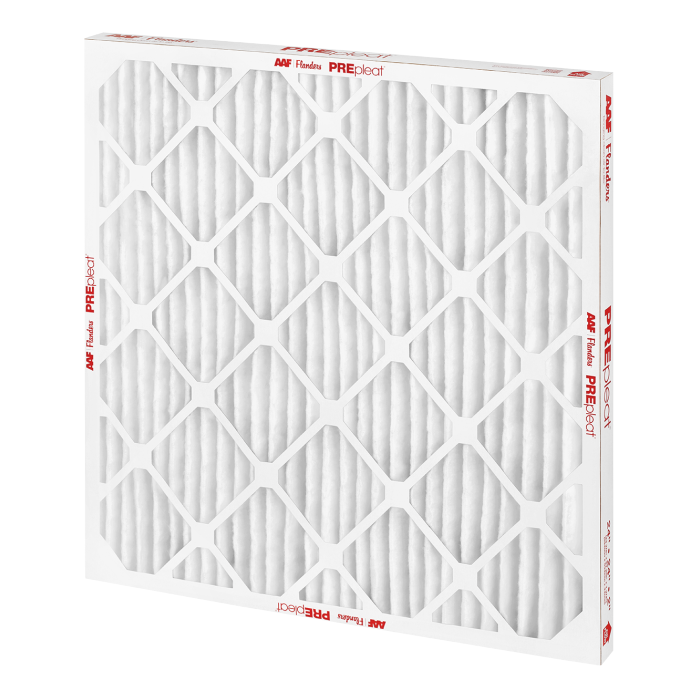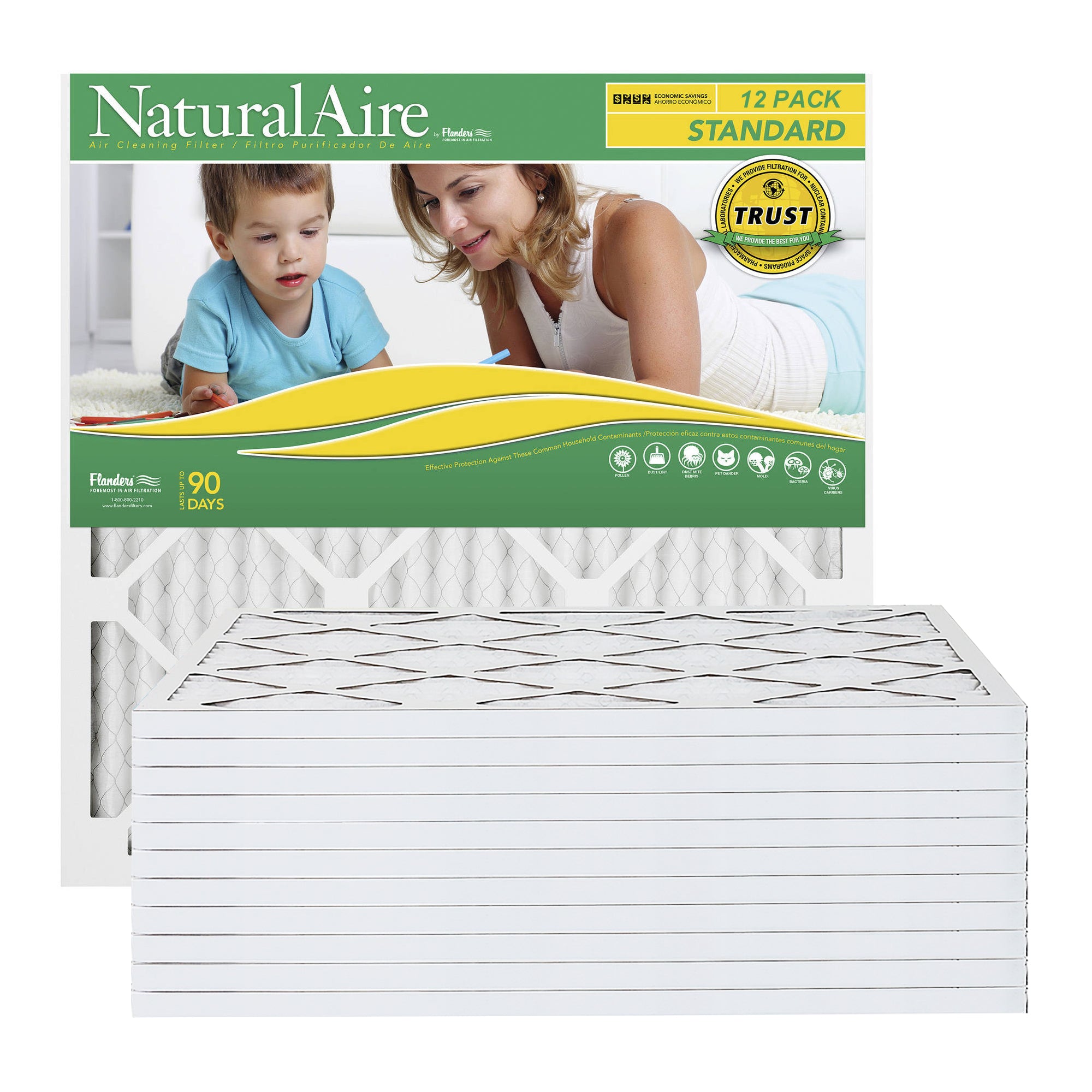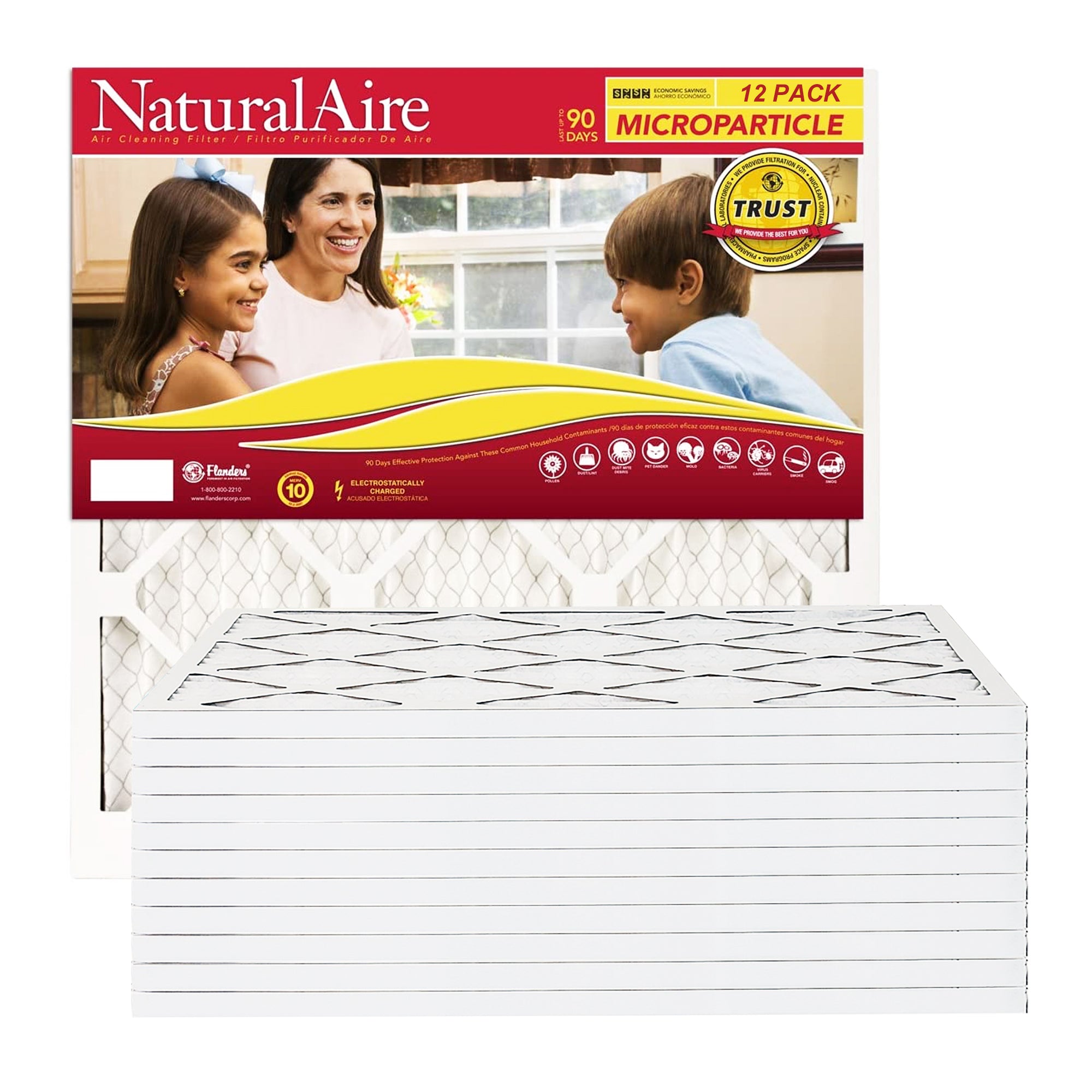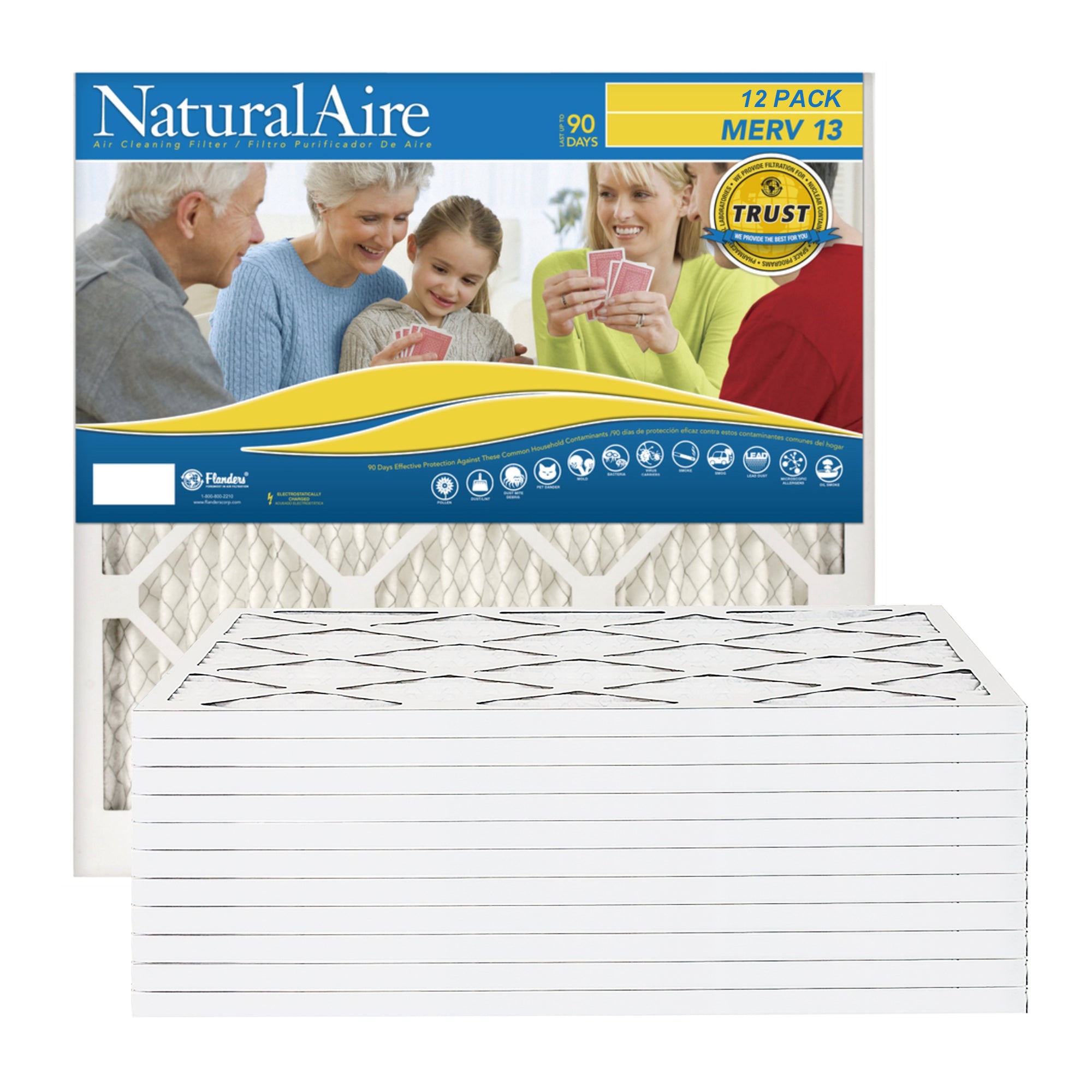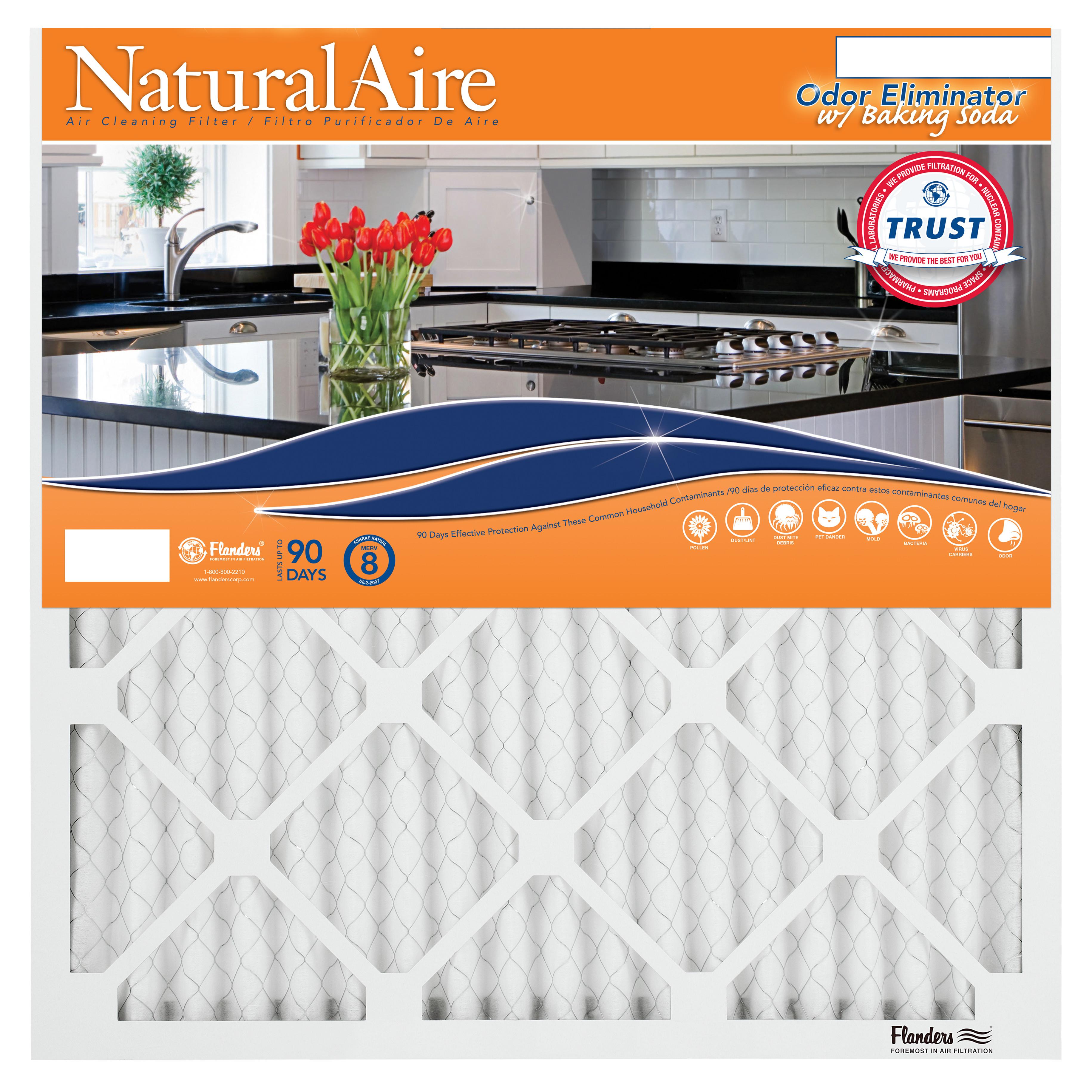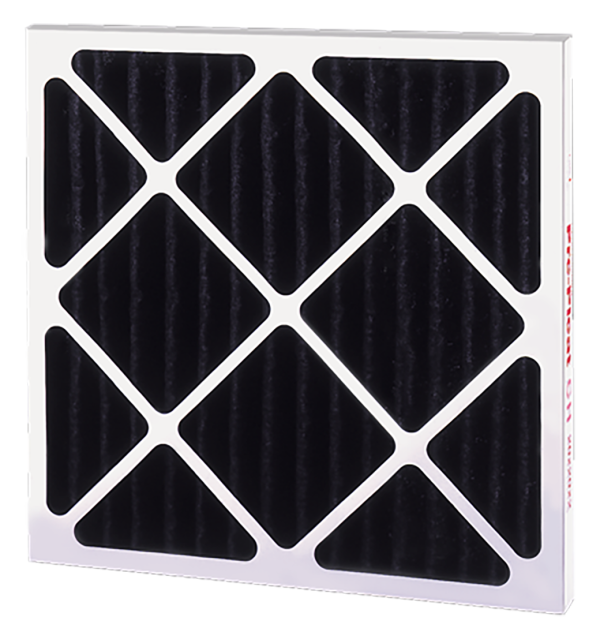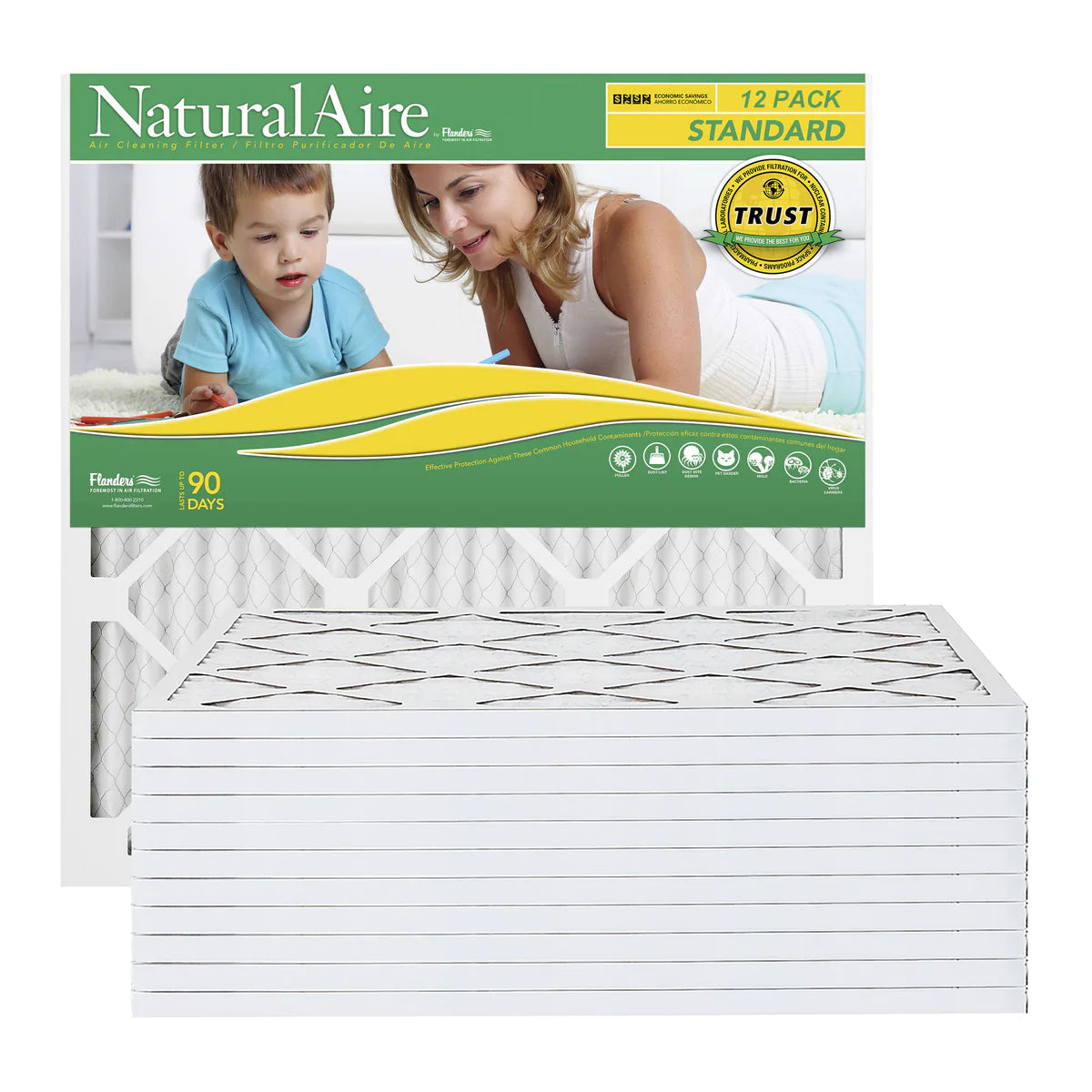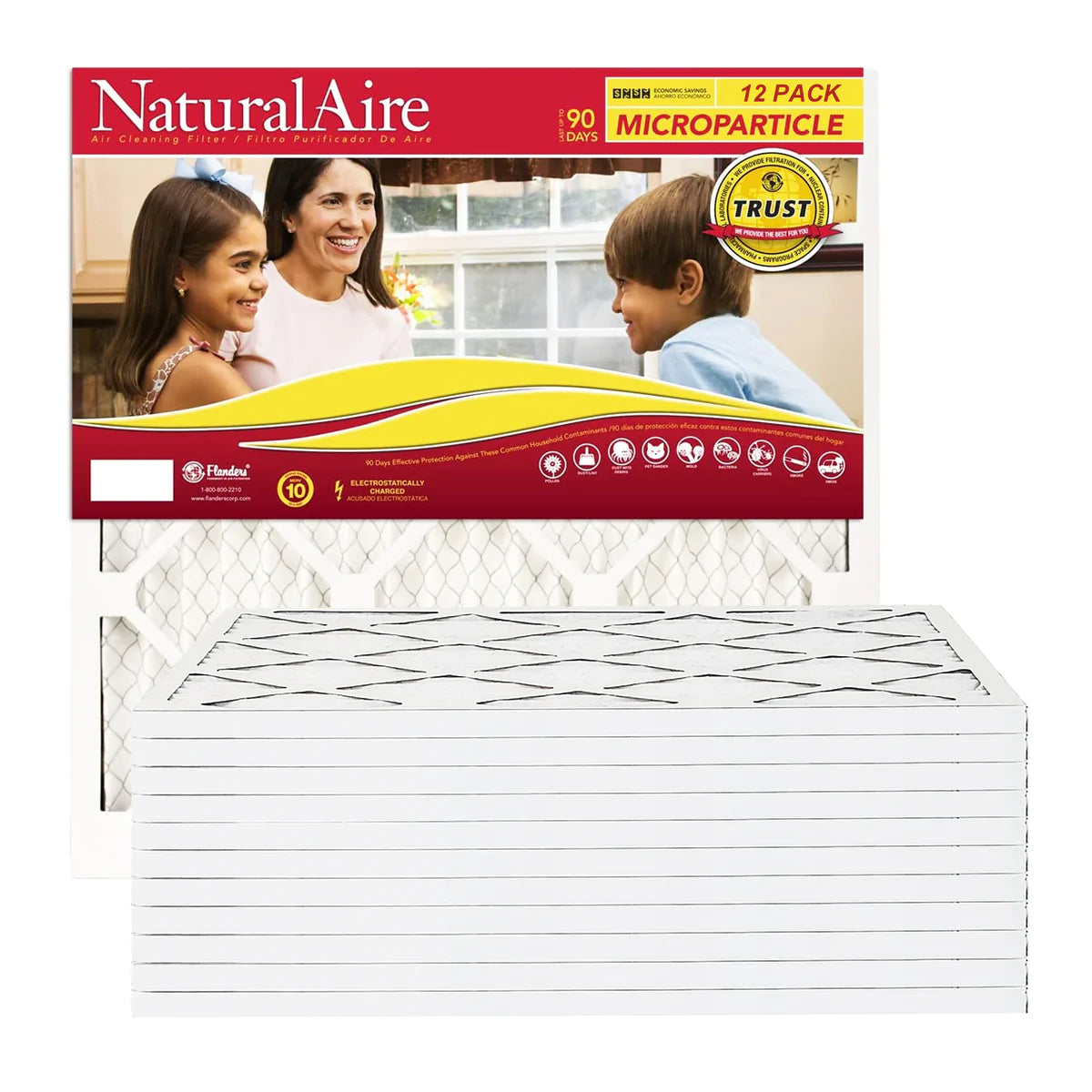If your home has central air conditioning and heat, then you need to maintain your HVAC system to ensure its longevity and to maximize its efficiency. A cornerstone of HVAC maintenance revolves around managing the air filter, whether that means changing it out regularly or washing it if it’s reusable. However, if you’ve never purchased an air filter before, you might have a lot of questions on your mind.
At its core, an air filter functions as a barrier to impurities such as dirt, pet dander, dust, and other airborne pathogens. Air filters remove these particles from the indoor atmosphere of your home and allow you to breathe fresh, clean air.
In addition to improving indoor air quality, the air filter also prevents any damage from occurring to your HVAC system. Since we spend most of our time indoors, air filters are an essential component of a happy and healthy home life.
Nonetheless, because our homes have better insulation than they did in the past, airborne pathogens can build up much easier inside our homes. When this happens, our home’s air can become way less healthy than the fresh air outside.
So, if you are feeling overwhelmed by all these details about air filters, don’t worry. Here is your guide on things to consider when purchasing your first air filter.
Understanding the Main Categories of Air Filters
When it comes to air filters, one size doesn’t fit all. They come in numerous shapes and sizes, and they are also capable of different functions.
Moreover, these filters come from various materials, which means that the costs won’t be the same. For our purposes, we will discuss five main types of air filters. First, we have flat-panel ones.
Know the Difference Between Flat-Panel and Pleated Air Filters
Flat-panel air filters are generally the most affordable option, and many HVAC systems can work with this type. Manufacturers produce flat-panel filters from fiberglass, but they also produce them from other materials as well.
Consumers choose this type for its convenience because they’re disposable, easy to install, and widely available in most hardware and home goods stores. However, they aren’t the most effective type since they allow many particles to pass through.
Pleated filters are the next type we will discuss. They are another disposable type of filter with screens made from cotton or plastic with more density than flat-panel ones.
Pleated AC filters can remove particles more effectively than flat-panel ones due to their pleats, which provide more surface area to catch debris. Due to this factor, they cost a bit more than their flat-panel counterparts, but that’s the price you must pay for quality.
Realize the Benefits of Electrostatic, Washable, and HEPA Filters
The third air filter type is electrostatic. Some filters come with an electrostatic charge, which catches particles that are smaller and appear more frequently, such as smoke, pollen, and bacteria.
The electrostatic charge is more effective than a standard air filter, but it comes in traditional forms such as flat-panel or pleated. In addition, some electrostatic filters are disposable, and some are washable, which brings us to our next type: washable filters.
Also known as reusable filters, the appeal of washable filters is that instead of replacing them every few months, all you have to do is take it out and wash it down with a hose or vacuum to get it back in working condition. Like electrostatic filters, they come in both pleated and flat-panel models, but they are eco-friendlier since you don’t have to dispose of them.
If you want a reusable filter with an electrostatic charge, one of the disadvantages of this type is that it will lose its charge with each wash, causing it to lose its ability to collect smaller compounds. This means that there will come a day when you would eventually need to dispose of your washable filter if it loses its effectiveness.
Finally, the last of the five main filter types are high-efficiency particulate air (HEPA) filters. These filters are the highest quality models on the market, and they can only receive the HEPA title if they can remove particles that are 0.3 microns or larger at 99.97% effectiveness.
This title isn’t just for marketing; the United States Department of Energy fully endorses it. However, you would most likely see these types of filters used in commercial environments that need air quality to be at its highest, such as restaurants and hospitals.
Nonetheless, if you or someone in your home has allergies or a compromised immune system, this will be the best option for improving your indoor air quality. You need to check to ensure that your HVAC system can accept this type of filter before purchasing because not all systems work with HEPA filters.
Learn About MERV Ratings
The last topic of discussion is learning about what an air filter’s MERV rating means. The Minimum Efficiency Reporting Value (MERV) rating is the industry standard for measuring how effectively a filter can remove particles from the air.
The MERV rating scale goes from one to 16, with one being least effective and 16 being the most. However, the MERV rating also considers how large a particle the filter can capture, so a 16 can handle smaller particles while a one can handle larger ones. Outside of the MERV rating system, brands such as Home Depot and 3M have also created their own rating systems for their products.
How To Decide Which Filter Is Best for You
Now that you know some things to consider when purchasing your first air filter, you can make your decision on which type is right for your home. Your decision will depend entirely on your own personal preferences and budget.
If you are willing to spend more on a higher model, then you can install a HEPA filter in your HVAC system. Otherwise, a traditional flat-panel model will be the most cost-effective option. There is a balance between these two extremes if you want an electrostatic or reusable model, but a disposal pleated filter will give you the most bang for your buck.



